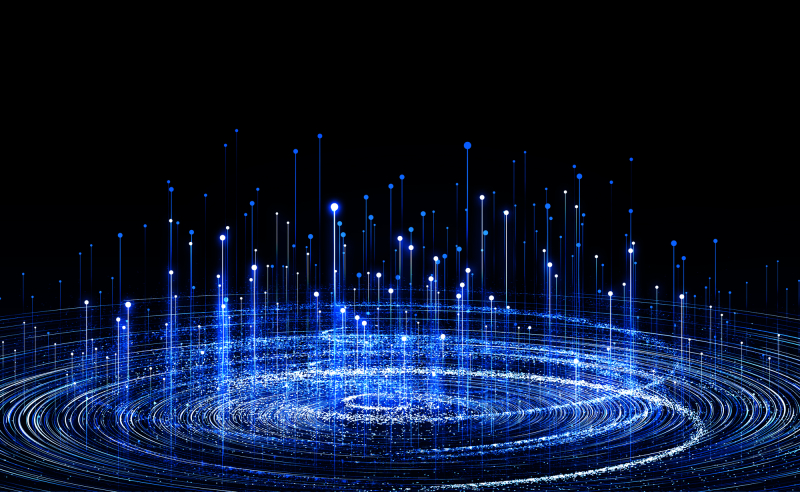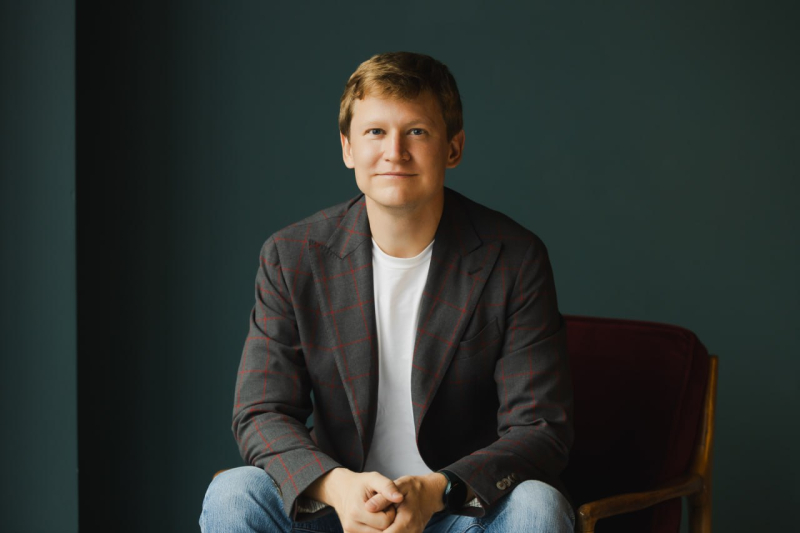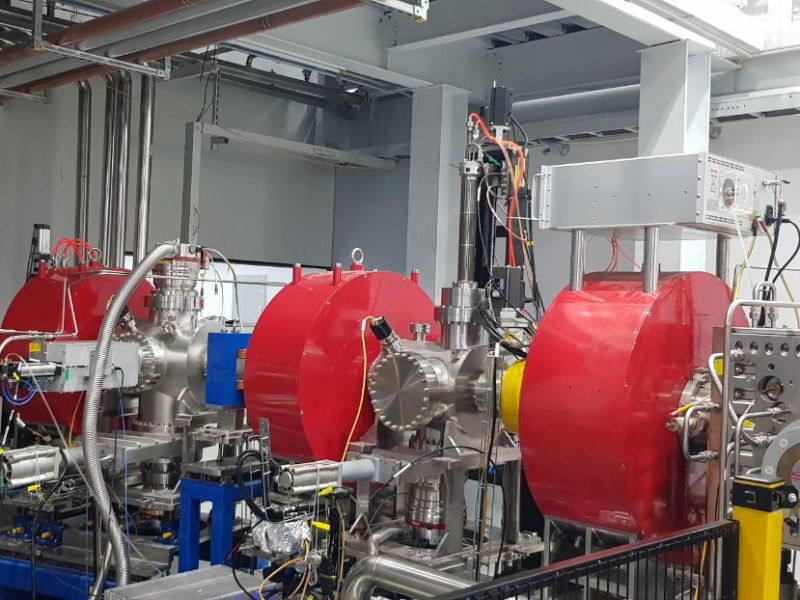Researchers at ITMO University have suggested a model for the visualization of superfast dynamic processes in light-radiating particles – and used it to predict new quantum phenomena. In contrast to the new model, existing methods can only be used to describe static processes, which significantly limits research options and presents a simplified view of the studied phenomena. Using the newly developed model, it will be possible to learn more about the nature of atoms, increase the efficiency of particle accelerator experiments, and create more accurate devices for the space industry and biomedicine. The related study was published in Communications Physics.

Credit: hqrloveq / photogenica.ru
One of the main challenges in contemporary physics concerns the limitations of the uncertainty principle: particles that have pulse and energy are delocalized in space – they are spread across the universe and exist indefinitely; as for particles in any given space and time, it’s impossible to determine their pulse and energy. That’s why in order to study particle processes, such as radiation, diffusion, and disintegration, physicists “assign” these properties to particles. However, this approach makes it impossible to study these phenomena dynamically and conduct experiments when the registering equipment is located close to the observed process.
Recently, a team of ITMO physicists have suggested a method that can overcome these limitations. They have developed a model for describing particle processes based on the concept of phase space in quantum field theory. According to this approach, a particle has a given mean pulse and energy and is located in a specific average space and time. This way, it’s possible to analyze the energy radiated by a charged particle in real space and time, as well as predict and visualize with mathematical models a more accurate dynamic of this process.
At the core of the model are multilayered mathematical calculations, including the deployment of a Wigner function. The team has demonstrated the model’s efficiency with the example of Cherenkov radiation – the radiation created by charged particles that move faster than the speed of light in transparent media. Additionally, the physicists have predicted several quantum phenomena: a finite formation length and spreading time of a photon in Cherenkov radiation, a finite radiation flash duration, and a quantum shift in the photon arrival time (to the detector) that is different from the one predicted by classical physics. The researchers note that the photon can arrive both earlier and later than the time predicted by the classical, non-quantum, physics.
“The temporal effects we predicted are measured in attoseconds – one billionth of one billionth of a second – which are the characteristic time intervals for nuclear physics. The difference between an attosecond and a second is roughly the same as between a second and the age of our universe. Studying such processes has only recently become possible thanks to advanced methods of laser physics. As for Cherenkov radiation, it caught the eye of researchers back in the 1930s, but the quantum dynamics of the process in real space and time hasn’t been studied neither theoretically nor experimentally, even though for nearly 90 years it’s been actively used in many fields, including cosmic ray, accelerator, and detector physics, as well as biomedical diagnostics. Such analysis is now possible with our model,” says Dmitry Karlovets, one of the study’s authors and a leading researcher at ITMO’s School of Physics and Engineering.

Dmitry Karlovets. Photo by Dmitry Saitimov
With the developed model, it will be possible to study the nature of interactions between atoms and particles (electrons, neutrons, and protons), as well as the dynamics of particle processes in matter. In the future; this can help develop new applications for Cherenkov radiation, including the development of new materials, as well as more precise and powerful electronic devices, biomedical equipment, and space technologies. Moreover, the new approach will increase the efficiency of high-energy physics experiments, making them more stable and accurate by predicting particle behavior in the accelerator.
For now, the team has applied the method to describe a single case, that of Cherenkov radiation; however, the model can be used to visualize any dynamic processes involving particles. To demonstrate this, the physicists are planning to study other quantum phenomena using the new approach.

Sections of particle (electron or proton) accelerators that generate Cherenkov radiation. Photo courtesy of the researchers
The project was supported by the Russian Science Foundation grant No. 23-62-10026.
Ksenya Desyatkova
Journalist
Catherine Zavodova
Translator
